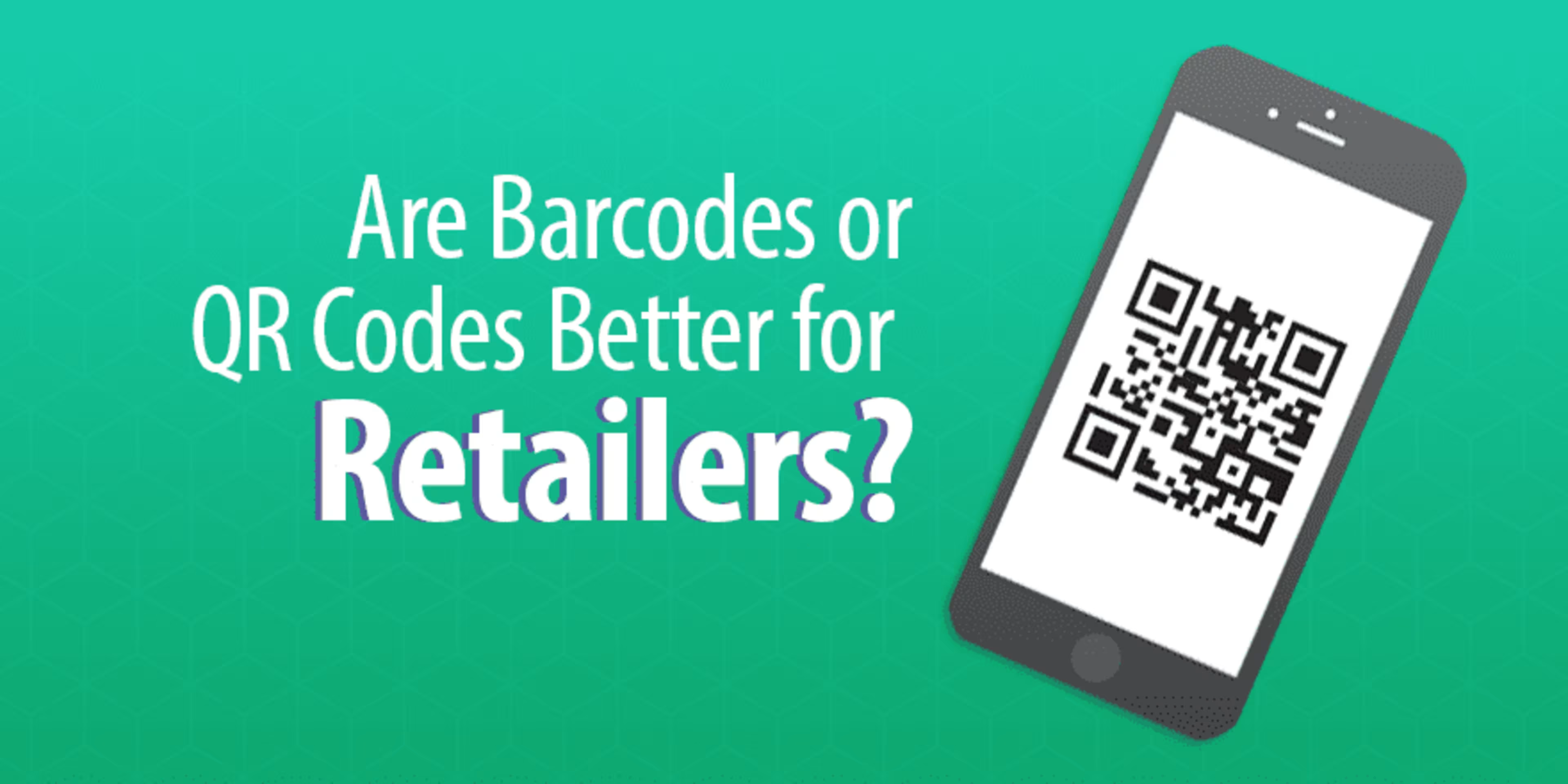Barcodes make modern retail possible. Think about the number of products you'll buy between now and the end of the year.
Without an efficient way to track those products and ring them up, you'd never get out of the store. Even items that are shipped to you are picked, packaged, and shipped using barcodes.
Barcodes have been around—in theory, at least—since the late 1940s. While the technology to make barcodes an everyday part of life didn't come into being until the mid-70s, the idea of a scannable inventory tag has been a dream for supermarket owners since at least the 1960s.

Today, the miniature touchscreen supercomputer in my pocket can scan a barcode and hunt it down online. I could scan a book in Mark's Book Shack and have the best possible price for the book pop up on my phone, order the thing, and have it delivered to my house all while standing in Mark's aisles, and all because of barcodes.
Are barcodes still the best way of doing things, though? Is there another, better option for small retailers? Let's take a look.
The difference between QR codes and barcodes
Once we have something nice, we immediately want a better, cleaner, more powerful version of it.
Enter, the QR (quick response) code. The QR code was developed in the mid-90s by Japanese company Denso Wave and is designed to do what a barcode can't: store a bunch of extra information.
If you turn over whatever product you've got lying around, you'll see the benefit and drawback of the traditional barcode all at once. A bar code is linear and simple. This means they're easy to make and read, but can only store a small amount of information.
The varying thickness of a barcode's lines and white spaces determines which number that line encodes. With just a tiny sticker to shove everything on, your typical barcode often holds a single, useful value.
QR codes, on the other hand, have width and height, allowing them to provide a lot more information and store it in a structured way. Barcodes can only be read from left to right, while QR codes can hold information in relative positions (above, below, next to, and so on).
How QR codes work
QR codes hold data in a pattern of small black and white squares. Those squares lie in a grid with a handful of reference points scattered throughout, giving them more flexibility than a traditional barcode and meaning that they can be scanned from multiple angles.

The anatomy of a QR code. (Source: Wikimedia)
Instead of just holding a string of numbers, QR codes can be formatted to hold text, among other options. It's why, circa 2008, your magazines, billboards, and stores were suddenly full of codes linking you to websites and videos.
The extra information provided by a QR code makes it perfect for applications like labeling medicine, where additional data can reveal expiration dates, link to safety info, or even help guarantee a pill is genuine.
Are QR codes useful for retailers?
Let's go back to basics. What does a retailer need from a scannable code? Quick processing; a shortcut that allows you to enter a long product code into a system without having to interact with a keyboard.
Barcodes and QR codes both do that, but barcodes are cheap, universal, and often preprinted. QR codes are rarely standard and don't add valuable information when ringing customers up.
On top of that, barcodes have some technical advantages.
Due to their complexity and need for a photographic reader, QR codes have an effective range of about ten times their size. A one-inch square code can be read from about ten inches away.
Barcodes have a massive range, due to their simplicity and the fact that they're read by lasers. Honeywell has a scanner that can read a barcode from 54 feet away. The increased range means you have less bending and climbing when scanning inventory (into your inventory management software, naturally), and less scanner adjustment when you're checking people out.
QR versus barcode: the bottom line
For retailers, there just isn't a strong enough case for the use of QR codes on in-store products.

We have a winner! (Source: Wikimedia)
Barcodes are universal, simple, powerful, and flexible. While less robust than their 2D cousins, they give the right amount of information in the right package for retailers.
That doesn't mean that QR codes have no place.
There are plenty of advertising and “find more information here" applications that make them a great choice to place on signs around your store or on business cards. A quick link to find out about deals or sourcing can go a long way toward building brand loyalty.
What do you think?
Maybe I'm crazy, though.
If you're using QR codes in your business, drop a line in the comments explaining how it's made things better, more efficient, or more profitable.
I love to hear how retailers are walking their customers through the point-of-sale process out in the real world.